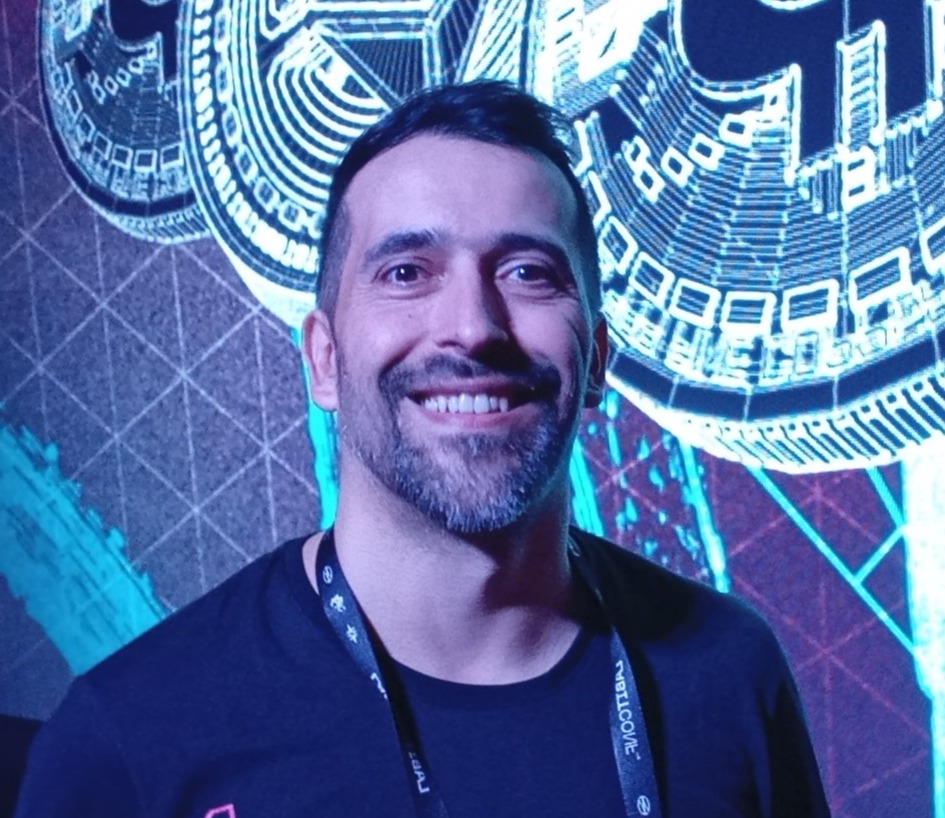Audio Presented by

Education & Blockchain: Bitcoin, Ethereum & Cryptoassets | CP/LA | Speaker | Auditing and Software Developer
About Author
Education & Blockchain: Bitcoin, Ethereum & Cryptoassets | CP/LA | Speaker | Auditing and Software Developer

Education & Blockchain: Bitcoin, Ethereum & Cryptoassets | CP/LA | Speaker | Auditing and Software Developer
Education & Blockchain: Bitcoin, Ethereum & Cryptoassets | CP/LA | Speaker | Auditing and Software Developer